Enriquillo Valley
Reefs
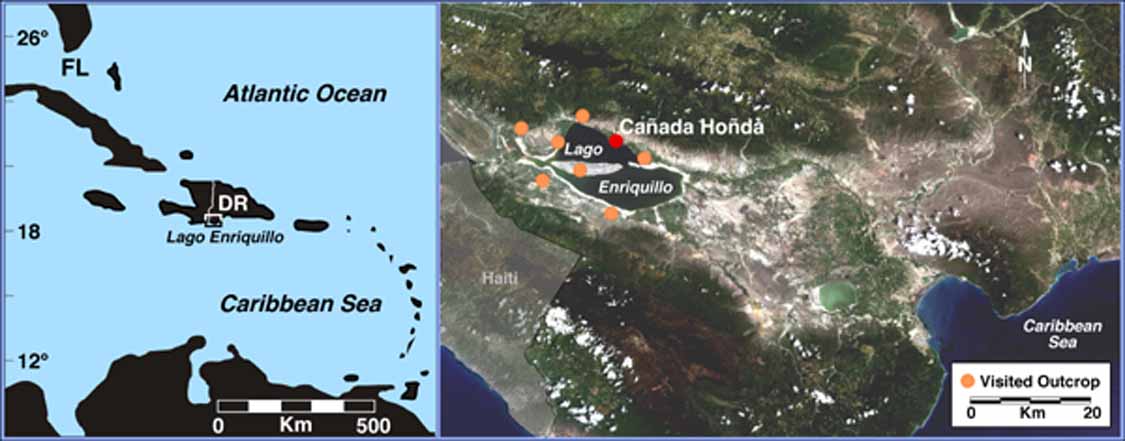
The map on the left shows
the location of the Enriquillo Valley (satellite image). Several outcrops
have been visited (orange dots) and generally described. Our studies to
date have focused on the most complete exposure in Cañada Honda
(red dot) along the north side of the hypersaline lake which now sits
at 42 meters below sea level. Our work builds on landmark studies by Mann
et al, Taylor et al, Stemman et al, Lisa Greer and Al Curran and his students.
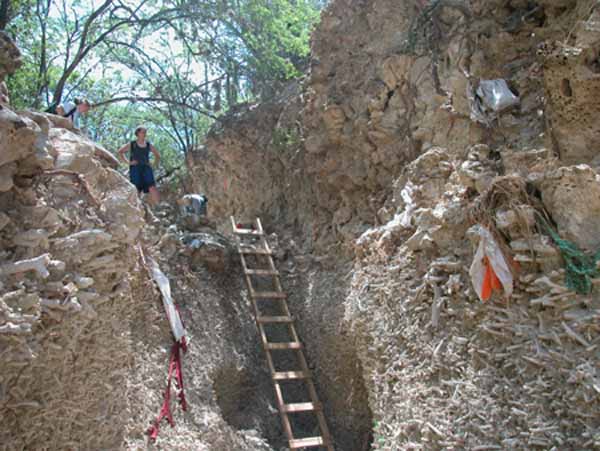
Karla Hubbard and student Jesse Oram examine the mixed-coral facies overlieing the A. cervicornis facies in this transgressive sequence exposed halfway along the outcrop.
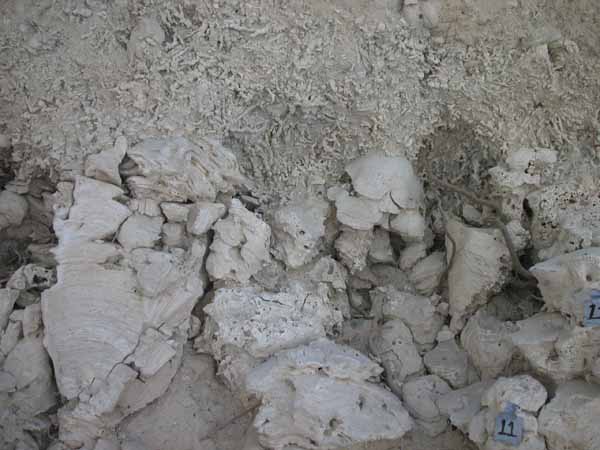
Well preserved massive corals terminated by a storm layer dominated by Madracis decactis. This layer provides a time line that can be used to reconstruct the shape of the reef.
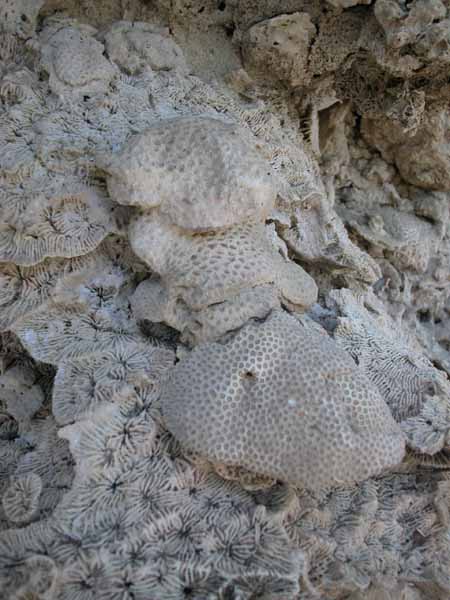
Well preserved conical colonies of Siderastrea radians in the mixed-coral zone.
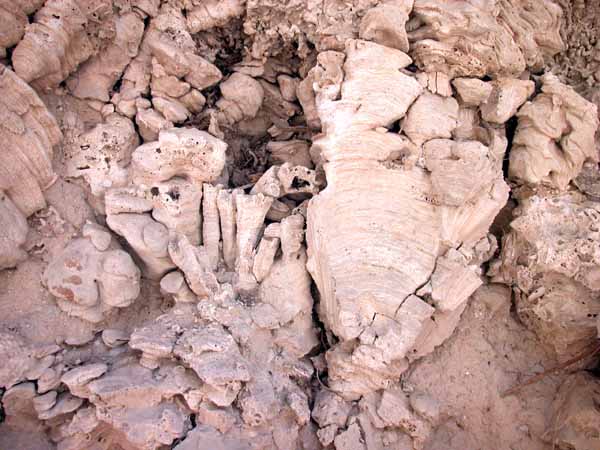
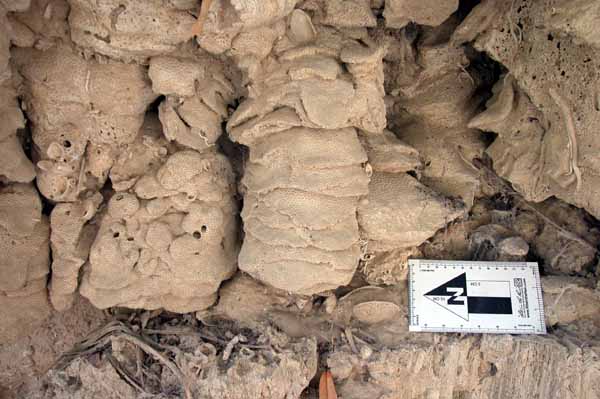
far left: High-diversity coral assemblage in the massive-coral zone. Note the high percentage of in-place corals
left: Colonies of columnar Montastraea faveolata in the lower massive coral zone. Note the "pancake"-like layering on the corals. This is thought to reflect varying sedimentation. Both coral morphologies reflect elevated sedimentation rates.